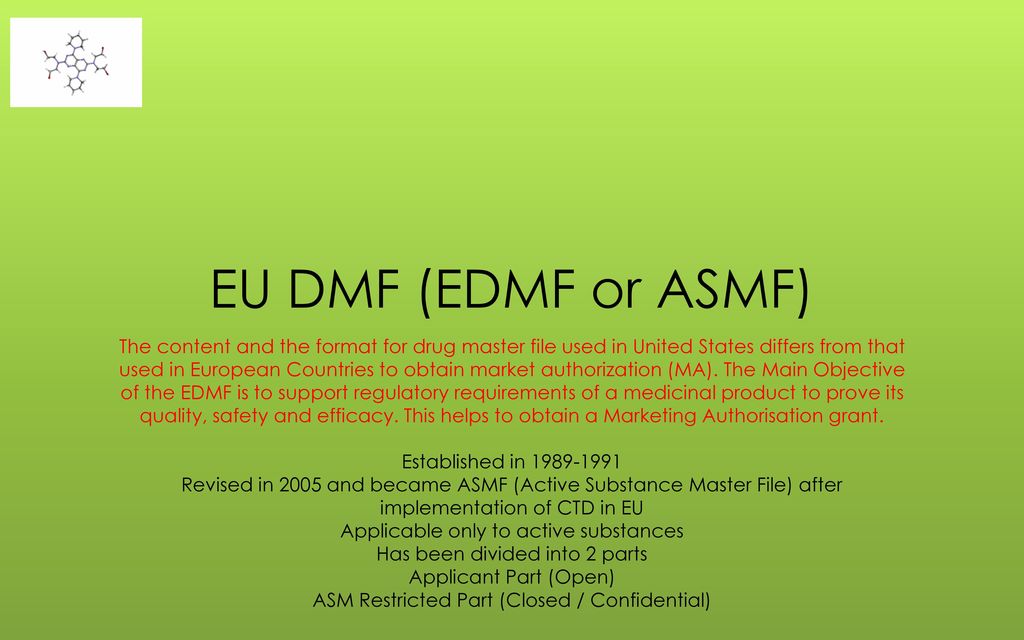
Bexicaserin
 Cell (Canada): +1 306 850 6737
Cell (Canada): +1 306 850 6737 Cell (India): +91 98254 22406
Cell (India): +91 98254 22406 Email: ask@advectprocess.com
Email: ask@advectprocess.com Web:
Web:
Dr. D Srinivasa Reddy appointed Director CSIR-IICT Hyderabad India on 7th June 2022. A new assignment
This is on recommendation from search cum selection committee which met Prime minister who is president CSIR on 2nd may 2022
currently he is Director CSIR-IIIM jammu
we wish him all the best in New assignment
D. Srinivasa Reddy (DSReddy)
How are you? Please allow me to introduce Pharmacodia global drug Database & services to you briefly.
Pharmacodia Global Pharmaceutical Intelligence Platform is the first tier drug database for R&D Professionals including 40,000+ Drug data, 13,817,000+ Patents, 488,000+ Registration & Approval, 414,000+ Clinical Trials and 63,000+ items related regulatory policies.
Focusing on the drug research and development, Pharmacodia global database includes all small molecule drugs and biologics since 1982 (either in developing or marketed in the world). You may have a three days free trial for the Database.
Website: https://data.pharmacodiaglobal.com
If your colleagues and friends like to have a trial for the database, would you please forward the email to them, they can easily register an account and apply for a one day free trail. Thank you very much.
 SCROLL UP OR DOWN
SCROLL UP OR DOWN
Sincerely yours,

Jim
Chair of Pharmacodia Group
HongKong
If you are interested in knowing more about our database and services, please contact us through email/whatsApp:
WhatsApp Number
| Jin: +86 138 1146 5766 |
Sheryl: +86 138 1072 1280 |
Alex: +44 736 025 310 |

SHERYL DING
CEO

ALEX
PRIYA RANJAN BELWARIAR
CEO, Laurus Infosystems
(Guest article)
Pharmaceutical eMES (eBMR) – why and how?
The “e Manufacturing Execution System” for pharmaceutical manufacturing is different from eMES in any other manufacturing industry. The difference primarily comes from the stringent Regulatory Compliance norms to be adhered to in Pharmaceutical Operations. In the Pharmaceutical Manufacturing the eMES is also referred as eBMR or “e Batch Manufacturing Record”.
The key objectives of implementing “e Manufacturing Execution Systems” (or eBMR) in Pharma Manufacturing are:
Pharmaceutical companies operate in one of the most dynamic and highly regulated environments. Regulatory audit frequencies have increased. Warning letters & import restrictions incidences have increased alongside. Many companies fail in clearing Regulatory Audits. Failing an audit results in over two years of business loss and huge expenses in achieving success with re-audit.
Most of the Pharmaceutical Manufacturing organizations have realized that they must implement a comprehensive eMES/eBMR systems for achieving the stated objective for long term business survival in todays regulated environment. However, the existing infrastructure scenario, inhibit moving forward with such implementation.
The scenario: Many Pharmaceutical Manufacturing Units are supplying to strongly regulated markets. They have a mix of the following infrastructure scenario:
Modern Equipment: Some equipment are modern, PLC controlled and they can store digital data for some time. They still need to be integrated to SCADA (Supervisory Control And Data Acquisition) system.
There are also several cases of failures in implementing eMES solution provided by global brands providing the MES solution. Some of the key reasons of eMES implementation project failures are:
Phased implementation Strategy: There is variety of strategies for eMES implementation with complete automation integration. Designing and selecting right strategy is a Critical Success Factor.
The country, the facility location, equipment vendors, employees, organization culture, the product and market combination etc., makes every unit and unique unit. The eMES solution must be designed to suit each such unit. One solution would not fit all. The solutions must be configurable for taking care of the uniqueness. The solutions must be robust and maintainable.
Laurel MES™ product suite for “e Manufacturing Execution” is architected and designed for Pharmaceutical Manufacturing businesses to achieve compliance and audit readiness. Laurel MES™ comes along with Automation Solution and Systems Integration Solution which provides a complete, comprehensive and configurable solution. The drug product variants, market variants and product changeover challenges are addressed as required. Management dashboards and scorecards are fascinating. This solution is integration-ready for latest manufacturing and testing equipment.
Website: www.laurelmes.com . Write to: pr.belwariar@laurusis.com
| Priya Ranjan Belwariar | |
| CEO | |
| Laurus Infosystems (India) Pvt. Ltd.
3rd Floor, Plot # 8, 1st Cross, Sadaramangala Industrial Area | Whitefield Bangalore – 560 066 | India |
T +91 80 6152 7801
M +91 99 7242 4444 |
| Next Generation Innovation | |
Experienced Chief Executive Officer with a track record of leading Architecture Design and development of Software Products for Pharma Manufacturing Execution, Pharma R&D and making it successful in the market. Demonstrated strength in the information technology, software technologies, software services, Pharma, Chemical and Engineering industry. Skilled in Business Process, Architecture and Design of Enterprise Software and Computer Integrated Manufacturing. Strong business development professional with Engineering and MBA qualifications.
//////////////
https://www.youtube.com/watch?v=NTOtI7HfE9I
GUEST AUTHOR
/////////

The main objective of the Active Substance Master File (ASMF) procedure, formerly known as the European Drug Master File (EDMF) procedure, is to allow valuable confidential intellectual property or ‘know-how’ of the manufacturer of the active substance (ASM) to be protected, while at the same time allowing the Applicant or Marketing Authorisation (MA) holder to take full responsibility for the medicinal product and the quality and quality control of the active substance. National Competent Authorities/EMA thus have access to the complete information that is necessary for an evaluation of the suitability of the use of the active substance in the medicinal product.
First published: 14/12/2018
Legal effective date: 17/06/2019
CHMP/QWP/227/02 Rev 4, EMEA/CVMP/134/02 Rev 4 Corr.
|
Electronic Active Substance Master Files (eASMF) |
ASMF Holders who are supplying substances to more than one Centrally Authorised Product (CAP) should submit their ASMF to the Agency once and not for each application.
The use of eCTD is mandatory for all for centralised procedure human ASMF submissions since 1 July 2016. The use of eCTD is mandatory for ASMFs used for DCP/MRP human procedures from 1 January 2018. Use of eCTD is mandatory for new national MAAs since 1 July 2018 and from 1 January 2019 for all other submission types. The relevant guidance should be followed and the technical eCTD validation criteria must be passed.
To ensure that the above is followed promptly, please refer to the human EMA Pre-authorisation guidance carefully and apply for an EMEA/ASMF/XXXXX number at your earliest convenience by submitting the EMEA/ASMF request form.
For veterinary medicines the accepted electronic format is VNeeS and NeeS and for ASMFs also exceptionally eCTD is allowed. More information can be found from the Veterinary Pre-submission guidance.
Please take a note of the voluntary EU ASMF Assessment worksharing. A different EU/ASMF request form should be submitted when requesting participation in the EU worksharing procedure.
It is very important to note that the above two initiatives are different.
A valid ASMF should have either an EMEA/ASMF number or an EU/ASMF number, depending on the intended use of the ASMF by its holder. When applying for EMEA or EU ASMF numbers, or submitting any documentation quoting these, please note that they are not inter-changeable. Only one ASMF number should be quoted.
It is mandatory to use XML delivery files for ASMF submissions using the eSubmission Gateway and the Web Client.
Related Documents
Training presentations on Active Substance Master File (ASMF) work sharing procedure:
An Active Substance Master File (ASMF), or formerly known as European Drug Master File (EDMF) procedure, is a set of documents that protects the valuable confidential intellectual property of the manufacturer. The purpose of an ASMF is to provide the Health Authorities (HAs) with complete information of the active substance used in a drug product to evaluate its suitability for the product. It also allows the Marketing Authorization Holder (MAH) of the product to take the responsibility for the quality of the active substance used in the product.
An ASMF must contain all the scientific information related to the active substance. The information of an ASMF is divided into two parts:
An ASMF is submitted only to support a Marketing Authorisation Application (MAA) or Marketing Authorisation Variation (MAV). It is used for the following active substances:
An ASMF holder is required to submit the following to the MAH holder:
A single active substance can have both, an ASMF as well as a Certificate of Suitability (CEP). However, the MAH cannot refer to both the documents for a single active substance. In case, the information present in a CEP is insufficient, only then both the documents can be referred.
////////////////// Active substance master file, ASMF, letter of access, submission letter